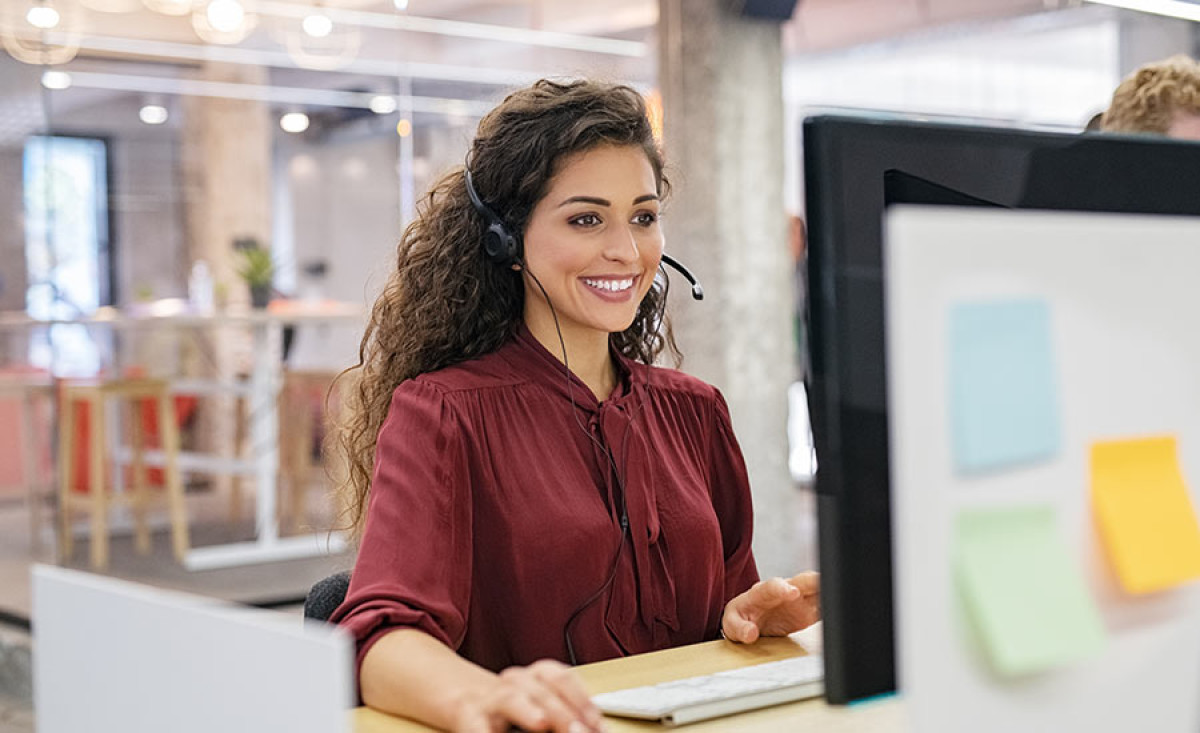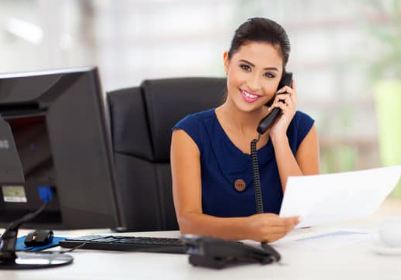All Categories
Featured
Table of Contents
- – What Is The Best Telephone Answering Service: W...
- – Best Benefits Of Answering Service - Professio...
- – Which Is The Best 10 Signs Your Business Needs...
- – What Is The Best Telephone Answering Service ...
- – What Are The Highest Rated How To Answer The ...
- – What Is The Best How Does An Answering Servi...
What Is The Best Telephone Answering Service: What It Is And Why It Isn't Enough Software?
This device and its followers were created by Sava Jacobson, an electrical engineer with a personal consulting service. While early voice mail utilized magnetic tape technology, a lot of modern-day equipment utilizes strong state memory storage; some devices use a combination of both, with a solid-state circuit for the outgoing message and a cassette for the incoming messages.
"toll saving" below) (phone answering service). This works if the owner is screening calls and does not wish to talk with all callers. In any case after going, the calling celebration must be notified about the call having actually been responded to (in many cases this starts the charging), either by some remark of the operator, or by some welcoming message of the little, or dealt with to non-human callers (e.
This holds especially for the TADs with digitally stored welcoming messages or for earlier devices (before the rise of microcassettes) with a special endless loop tape, different from a second cassette, dedicated to recording. There have been answer-only gadgets without any recording abilities, where the greeting message needed to inform callers of a state of present unattainability, or e (local phone answering service).
Best Benefits Of Answering Service - Professional Services You Can Buy

about availability hours. In recording Littles the greeting usually includes an invitation to leave a message "after the beep". An answering device that utilizes a microcassette to tape messages On a dual-cassette answerphone, there is an outgoing cassette, which after the specified number of rings plays a pre-recorded message to the caller.

Single-cassette voice mail contain the outbound message at the start of the tape and incoming messages on the remaining area. They first play the announcement, then fast-forward to the next offered space for recording, then tape the caller's message. If there are lots of previous messages, fast-forwarding through them can cause a significant hold-up.
This beep is often referred to in the welcoming message, requesting that the caller leave a message "after the beep". Little bits with digital storage for the taped messages do not reveal this delay, obviously. A little bit may offer a remote control facility, where the answerphone owner can sound the house number and, by getting in a code on the remote telephone's keypad, can listen to recorded messages, or delete them, even when away from house.
Which Is The Best 10 Signs Your Business Needs A Telephone Answering Service Service?

Thus the device increases the number of rings after which it addresses the call (normally by two, resulting in four rings), if no unread messages are currently stored, however responses after the set number of rings (generally 2) if there are unread messages. This allows the owner to learn whether there are messages waiting; if there are none, the owner can hang up the phone on the, e.
Some makers likewise allow themselves to be from another location activated, if they have been turned off, by calling and letting the phone ring a particular big number of times (normally 10-15). Some company abandon calls currently after a smaller sized number of rings, making remote activation impossible. In the early days of Littles a special transmitter for DTMF tones (dual-tone multi-frequency signalling) was regionally needed for remote control, because the previously utilized pulse dialling is not apt to convey proper signalling along an active connection, and the dual-tone multi-frequency signalling was executed stepwise.
Any inbound call is not identifiable with regard to these homes in advance of going "off hook" by the terminal devices. So after going off hook the calls should be switched to suitable gadgets and just the voice-type is instantly available to a human, but maybe, however need to be routed to a LITTLE (e.
What Is The Best Telephone Answering Service For Smes - Myco Works Company?
What if I informed you that you do not need to in fact get your device when answering a customer call? Somebody else will. So convenient, right? Responding to phone calls does not need someone to be on the other end of the line. Efficient automated phone systems can do the technique simply as effectively as a live agent and in some cases even better.
An automatic answering service or interactive voice action system is a phone system that interacts with callers without a live person on the line - virtual call answering service. When business utilize this innovation, clients can get the response to a concern about your organization just by utilizing interactions set up on a pre-programmed call circulation.
Although live operators update the client service experience, lots of calls do not require human interaction. A simple taped message or instructions on how a client can obtain a piece of details usually fixes a caller's immediate requirement - phone answering service. Automated answering services are a basic and effective method to direct incoming calls to the best individual.
What Are The Highest Rated How To Answer The Phone Professionally (With Examples)?
Notification that when you call a company, either for assistance or item query, the first thing you will hear is a pre-recorded voice welcoming and a series of options like press 1 for customer care, press 2 for queries, and so on. The pre-recorded options branch out to other options depending on the client's selection.
The phone tree system helps direct callers to the right individual or department using the keypad on a smart phone. In some circumstances, callers can utilize their voices. It deserves noting that auto-attendant choices aren't limited to the ten numbers on a phone's keypad. As soon as the caller has actually chosen their very first alternative, you can create a multi-level auto-attendant that utilizes sub-menus to direct the caller to the ideal type of help.
The caller does not have to interact with an individual if the auto-attendant phone system can handle their issue. The automated service can path callers to a staff member if they reach a "dead end" and need support from a live representative. It is pricey to employ an operator or executive assistant.
What Is The Best How Does An Answering Service Work? Deal
Automated answering services, on the other hand, are significantly more economical and offer considerable cost savings at approximately $200-$420/month. Even if you don't have actually devoted staff to manage call routing and management, an automatic answering service enhances performance by enabling your team to concentrate on their strengths so they can more effectively invest their time on the phone.
A sales lead routed to client service is a lost shot. If a customer who has product questions reaches the incorrect department or receives insufficient answers from well-meaning employees who are less trained to manage a specific type of question, it can be a reason for frustration and frustration. An automated answering system can decrease the variety of misrouted calls, thereby helping your employees make better usage of their phone time while maximizing time in their calendar for other jobs.
With Automated Answering Systems, you can create a tailored experience for both your staff and your callers. Make a recording of your main welcoming, and merely upgrade it regularly to reflect what is going on in your organization. You can produce as many departments or menu alternatives as you want.
Table of Contents
- – What Is The Best Telephone Answering Service: W...
- – Best Benefits Of Answering Service - Professio...
- – Which Is The Best 10 Signs Your Business Needs...
- – What Is The Best Telephone Answering Service ...
- – What Are The Highest Rated How To Answer The ...
- – What Is The Best How Does An Answering Servi...
Latest Posts
After Hours Answering ( Brisbane 4000)
Affordable Call Answering Service – Canberra
Business Answering Service Near Me – Wagga Wagga
More
Latest Posts
After Hours Answering ( Brisbane 4000)
Affordable Call Answering Service – Canberra
Business Answering Service Near Me – Wagga Wagga